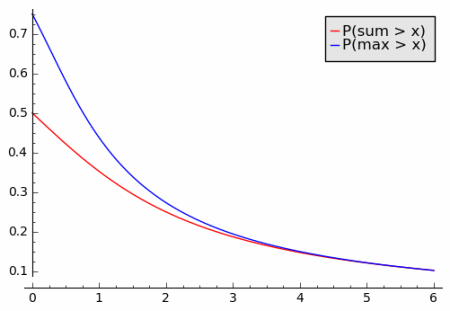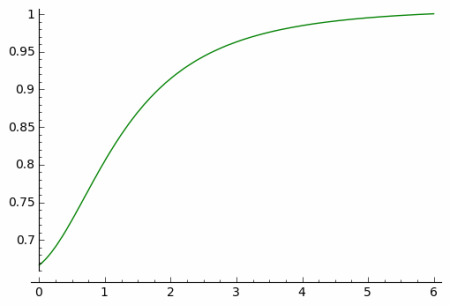My wife told me about someone on the radio yesterday discussing voluntary water rationing. People in odd-numbered houses are being asked to water their yards only on odd-numbered days. This person said “I suppose they’re talking about the last digit.”
When she told me about this, my first two thoughts were:
- Yes, that’s what it means to be odd.
- The large majority of house numbers in suburban Houston start with 1, so going by first digit would be a bad idea.
Strictly speaking, it’s a theorem that odd numbers are those that end in odd digits. The definition of an odd number is one that leaves a remainder of 1 when divided by 2. And in base 10, a number is odd if and only if it ends in an odd digit.
But what if you were using a base other than 10? If the base is even, then a number is odd if and only if the last digit is odd, just like base 10. But what if you’re using an odd base, say base 7? Then the theorem doesn’t hold. For example the number 122 in base 7 is odd, and the number 33 is even. And it’s not just the opposite of the rule for base 10 because 43 is also odd in base 7.
In an odd base, a number is odd iff it has an odd number of odd digits.
(In case you haven’t seen “iff” before, it’s an abbreviation for “if and only if.”)
So, for example, in base 7, the number 642341 is even because it contains two odd digits. And the number 744017 in base 9 is odd because it has three odd digits.
Why does this rule work? Suppose, for example, you have a 4-digit number pqrs in base b where b is odd. Then pqrs represents
p b3 + q b2 + r b + s
All the powers of b are odd, so a number like p times a power of b is odd iff p is odd. So every odd digit in the number contributes an odd number to the sum that expands what the number means. Even digits contribute even terms. A sum is odd iff it has an odd number of odd terms, so a number in an odd base is odd iff it has an odd number of odd digits.
Similar posts



